
What to Know About Double the Donation’s Standard Matching Gift Form
Corporate matching gifts can offer a significant revenue source…
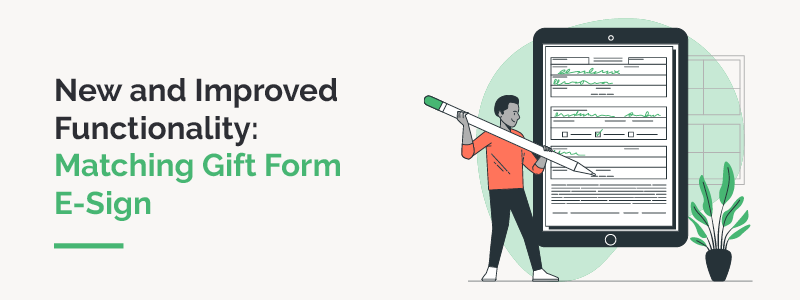
New and Improved Functionality: Matching Gift Form E-Sign
Matching gift programs have been revolutionized in the last several…
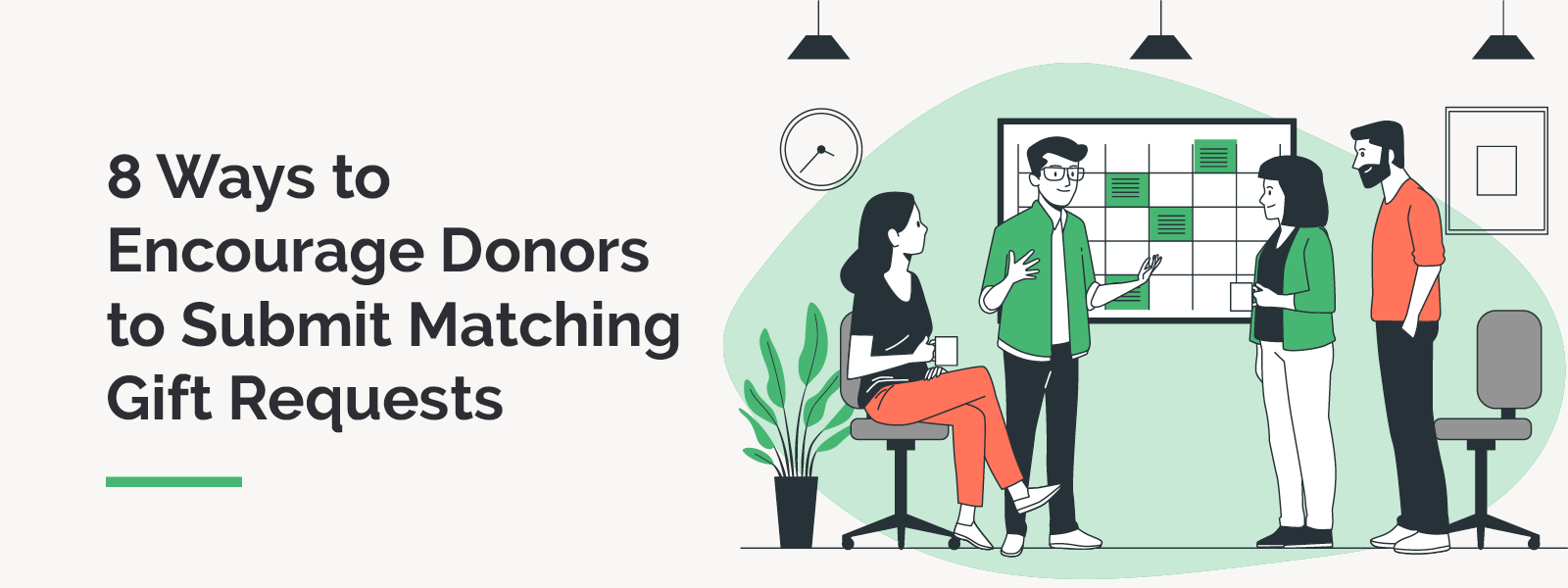 https://doublethedonation.com/wp-content/uploads/2016/05/DTD_8-Ways-to-Encourage-Donors-to-Submit-Matching-Gift-Requests_Feature.png
600
1600
Adam Weinger
https://doublethedonation.com/wp-content/uploads/2025/11/DTD-horizontal-logo-300x63.png
Adam Weinger2023-01-04 13:34:562025-10-01 12:58:028 Ways to Encourage Donors to Submit Employee Matching Gift Requests
https://doublethedonation.com/wp-content/uploads/2016/05/DTD_8-Ways-to-Encourage-Donors-to-Submit-Matching-Gift-Requests_Feature.png
600
1600
Adam Weinger
https://doublethedonation.com/wp-content/uploads/2025/11/DTD-horizontal-logo-300x63.png
Adam Weinger2023-01-04 13:34:562025-10-01 12:58:028 Ways to Encourage Donors to Submit Employee Matching Gift Requests https://doublethedonation.com/wp-content/uploads/2013/02/DTD_Why-Companies-Have-Matching-Gift-Programs-A-Complete-Guide_Feature.png
600
1600
Adam Weinger
https://doublethedonation.com/wp-content/uploads/2025/11/DTD-horizontal-logo-300x63.png
Adam Weinger2023-01-03 02:20:332025-10-06 06:14:44Why Companies Have Matching Gift Programs: A Complete Guide
https://doublethedonation.com/wp-content/uploads/2013/02/DTD_Why-Companies-Have-Matching-Gift-Programs-A-Complete-Guide_Feature.png
600
1600
Adam Weinger
https://doublethedonation.com/wp-content/uploads/2025/11/DTD-horizontal-logo-300x63.png
Adam Weinger2023-01-03 02:20:332025-10-06 06:14:44Why Companies Have Matching Gift Programs: A Complete Guide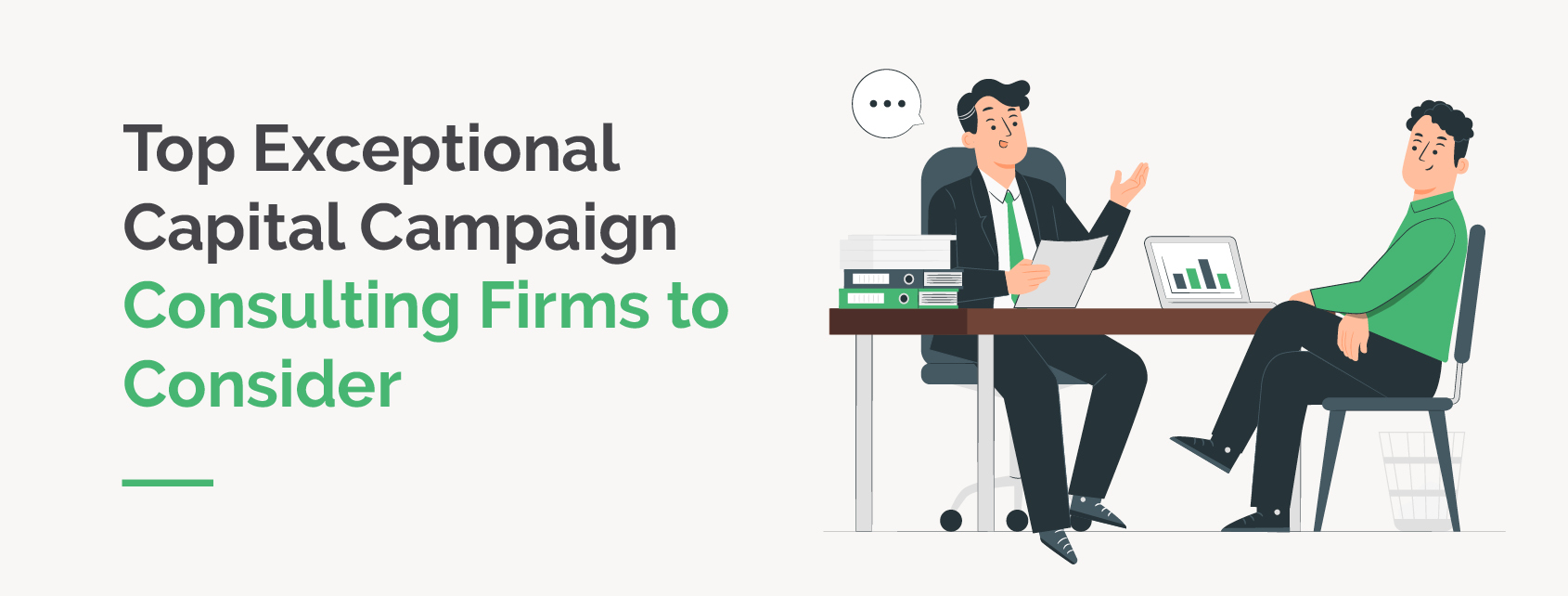 https://doublethedonation.com/wp-content/uploads/2016/12/Capital-Campaign-Consulting-Firms_Feature.jpg
642
1690
Adam Weinger
https://doublethedonation.com/wp-content/uploads/2025/11/DTD-horizontal-logo-300x63.png
Adam Weinger2022-12-14 20:21:552026-01-05 16:40:4711 Exceptional Capital Campaign Consulting Firms to Consider
https://doublethedonation.com/wp-content/uploads/2016/12/Capital-Campaign-Consulting-Firms_Feature.jpg
642
1690
Adam Weinger
https://doublethedonation.com/wp-content/uploads/2025/11/DTD-horizontal-logo-300x63.png
Adam Weinger2022-12-14 20:21:552026-01-05 16:40:4711 Exceptional Capital Campaign Consulting Firms to Consider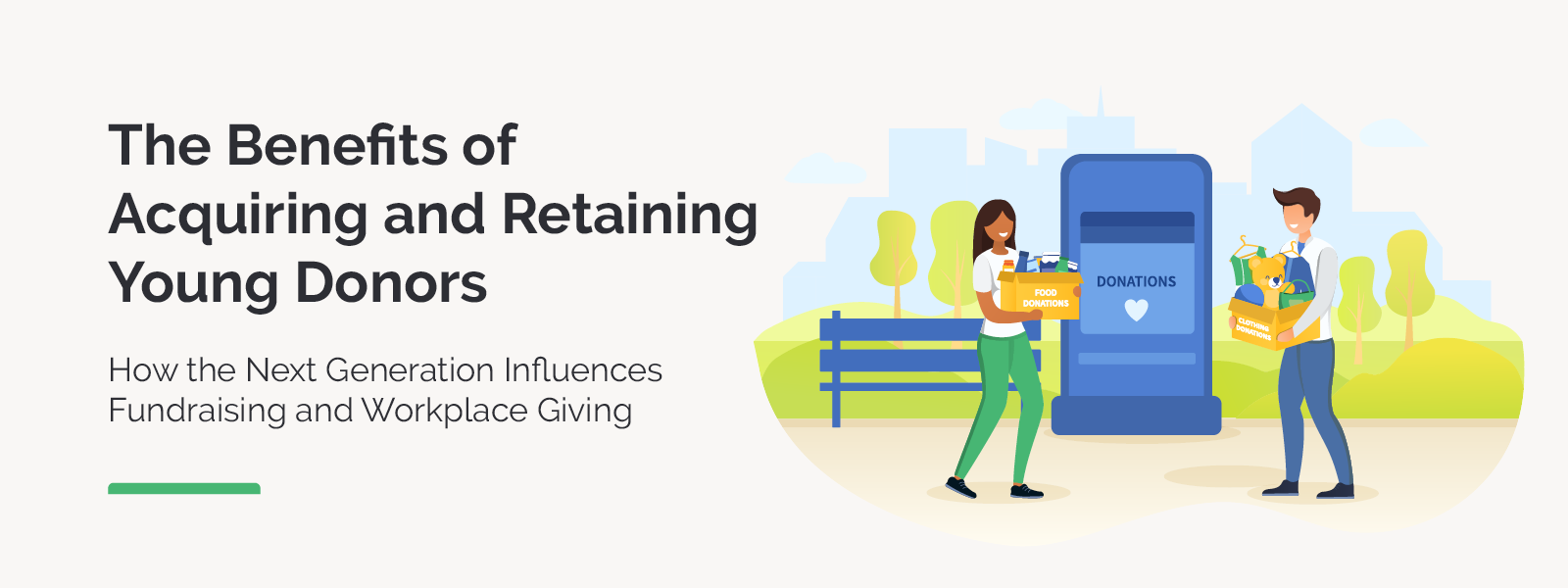 https://doublethedonation.com/wp-content/uploads/2022/10/DTD_The-Benefits-of-Acquiring-and-Retaining-Young-Donors_Feature-1.png
600
1600
Adam Weinger
https://doublethedonation.com/wp-content/uploads/2025/11/DTD-horizontal-logo-300x63.png
Adam Weinger2022-10-17 18:54:282025-10-01 12:09:39The Benefits of Acquiring and Retaining Young Donors
https://doublethedonation.com/wp-content/uploads/2022/10/DTD_The-Benefits-of-Acquiring-and-Retaining-Young-Donors_Feature-1.png
600
1600
Adam Weinger
https://doublethedonation.com/wp-content/uploads/2025/11/DTD-horizontal-logo-300x63.png
Adam Weinger2022-10-17 18:54:282025-10-01 12:09:39The Benefits of Acquiring and Retaining Young Donors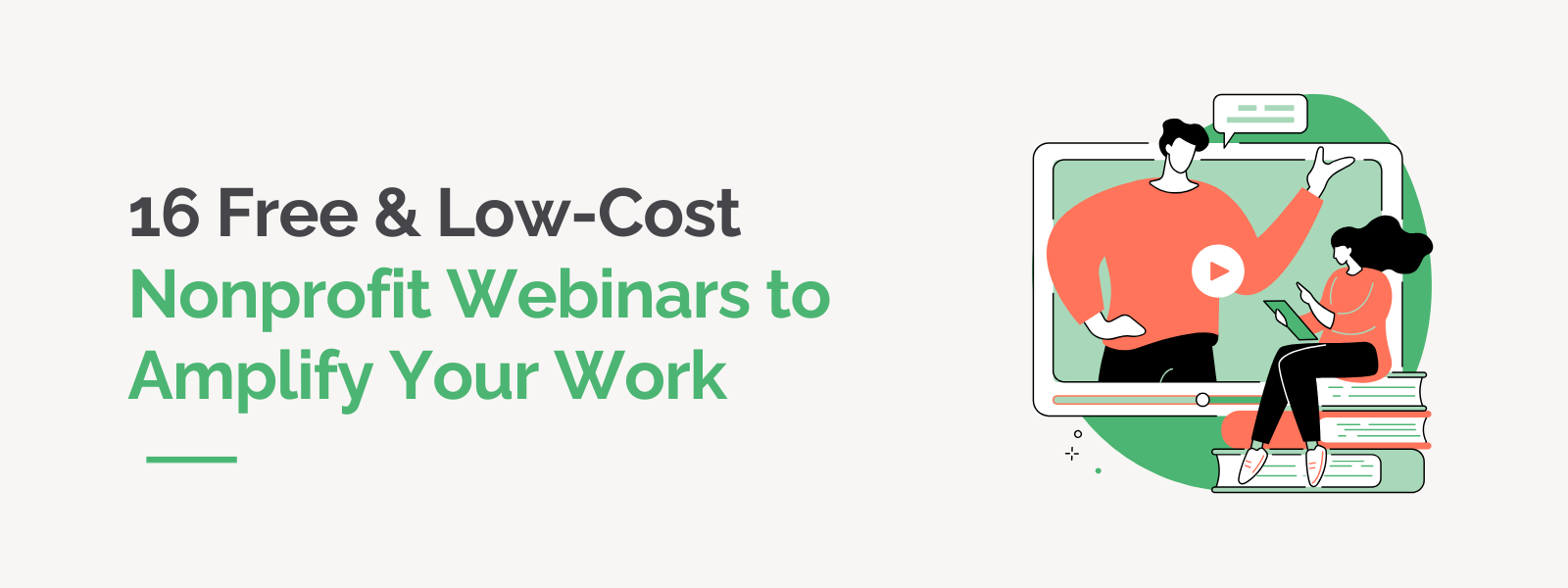 https://doublethedonation.com/wp-content/uploads/2022/09/16-Free-Low-Cost-Nonprofit-Webinars-to-Amplify-Your-Work.png
600
1600
Adam Weinger
https://doublethedonation.com/wp-content/uploads/2025/11/DTD-horizontal-logo-300x63.png
Adam Weinger2022-09-16 13:51:202025-10-01 14:26:5716 Free & Low-Cost Nonprofit Webinars To Amplify Your Work
https://doublethedonation.com/wp-content/uploads/2022/09/16-Free-Low-Cost-Nonprofit-Webinars-to-Amplify-Your-Work.png
600
1600
Adam Weinger
https://doublethedonation.com/wp-content/uploads/2025/11/DTD-horizontal-logo-300x63.png
Adam Weinger2022-09-16 13:51:202025-10-01 14:26:5716 Free & Low-Cost Nonprofit Webinars To Amplify Your Work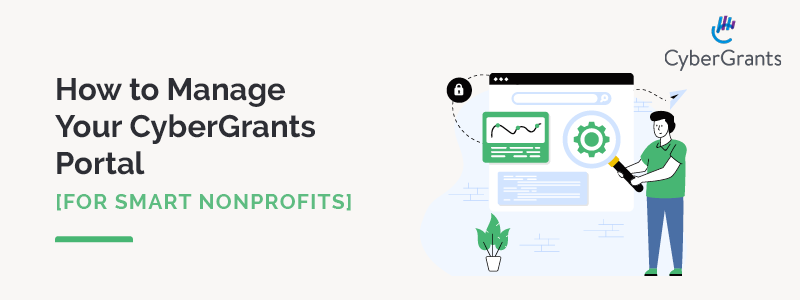
How to Manage Your CyberGrants Portal [For Smart Nonprofits]
Corporate matching gifts are one of the best ways for nonprofits…
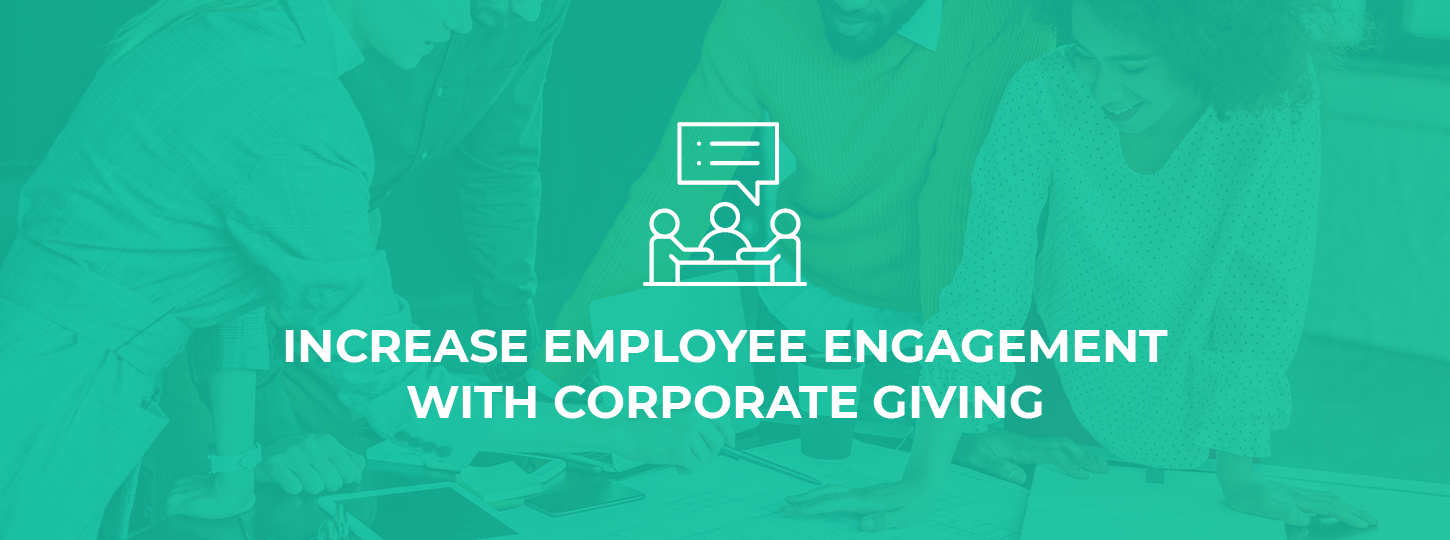 https://doublethedonation.com/wp-content/uploads/2022/05/Employee-Engagement-and-Corporate-Giving-Feature.jpg
540
1450
Adam Weinger
https://doublethedonation.com/wp-content/uploads/2025/11/DTD-horizontal-logo-300x63.png
Adam Weinger2022-09-02 11:00:132025-11-19 06:26:24Increase Employee Engagement with Corporate Giving
https://doublethedonation.com/wp-content/uploads/2022/05/Employee-Engagement-and-Corporate-Giving-Feature.jpg
540
1450
Adam Weinger
https://doublethedonation.com/wp-content/uploads/2025/11/DTD-horizontal-logo-300x63.png
Adam Weinger2022-09-02 11:00:132025-11-19 06:26:24Increase Employee Engagement with Corporate Giving![How to start a matching gift program [for companies]](https://doublethedonation.com/wp-content/uploads/2022/08/DTD_How-to-Start-a-Matching-Gift-Program-For-Companies_Feature.jpg)
How to Start a Matching Gift Program [For Companies]
Thousands of companies host matching gift programs that encourage…

